The war appeared won. Americans destroyed half the enemy force on the first day. The other half surrendered within months. A new effort early the next year to mount main force resistance against the United States was also summarily defeated. Yet the conflict continued, as a festering insurrection against American forces.
Iraq and Afghanistan are not the first war zones where U.S. forces have faced such challenges. Over a century earlier, Americans had to deal with a major insurrection in the Philippine Islands after the Spanish-American War.
This new style of warfare was typified by what happened about 4:00 a.m, on December 4, 1899. The men of the 33rd U.S. Volunteer Infantry were awakened by the sounds of chaos. Shots were being fired; men were yelling; and the sounds of battle were coming from the plaza area of the small Philippine town of Vigan. The Insurrectos had attacked.
William Tafton of Company B of the 33rd U.S. Volunteer Infantry wrote Aca,!A"it being so warm no one slept until a bout mid night , so about 4 oAca,!a,,cclock next morning, there came a volley of shots, the sorgent yelled all out, but make no light, now we all jumped up as fast as we could and began to try to find our clothes, it seemed every one had thrown them all in a pile every one trying to get his and no one seem to be able to get any thing to fit him, the sorgent swearing by volum, I, got hold of a shirt a bout 2 sizes to small but I squeezed in it, got some pants and started for shoes, it seemed as if I, tried 15 shoes on and all for the same foot, I, soon got one a bout a no 10, and one I, guess a bout a 7, but a way I, went down stairs.Aca,!A?
During the next few hours a fierce fight took place between the insurgents and the soldiers stationed at Vigan. The Insurrecto forces had occupied the town hospital and were strategically placed behind a rock wall. Members of the 33rd fired round after round into the rock wall and the hospital itself hoping to dislodge their adversary. The dark and cloudy evening made sighting the enemy difficult as men were forced to aim in the direction of muzzle flashes and any movement they saw.
By morning the overwhelming firepower of the U.S. Army forces had turned the tide, and the Philippine Insurrectos were retreating back into the jungle. The once impenetrable rock wall that shielded the Insurrectionist forces had been nearly leveled by American rifle fire. For the rest of the day sporadic rifle fire was heard from the American outposts, but no further battle would take place.
As a result of the fight at Vigan four soldiers were awarded the Medal of Honor. Lieutenant Colonel James Parker of the 45th U.S. Volunteer Infantry received the award for leading his men and repelling the night attack. Lieutenant Colonel Webb C. Hayes of the 31st U.S. Volunteer Infantry moved through enemy lines alone and at night in order to help the defenders. He would also move back through the lines the next morning to the beach area and secure assistance from Navy forces. Such heroism won him the Medal of Honor.
Two soldiers of the 33rd also earned the nationAca,!a,,cs highest award. Private Joseph Epps was cited because he climbed a rock wall, discovered a group of insurgents, and forced them to surrender and stack their arms. Private James McConnell spent several hours lying between two dead soldiers while he continued to fire his weapon and fight off the enemy. His clothing was tattered by rifle fire and flying gravel, but he survived with only minor injuries.
Then, as now, American soldiers proved themselves capable of defeating whatever type of attack the enemy launched. Those islands were eventually pacified. As colony, commonwealth, and independent nation, the Philippines continues a great friend and ally of the United States.
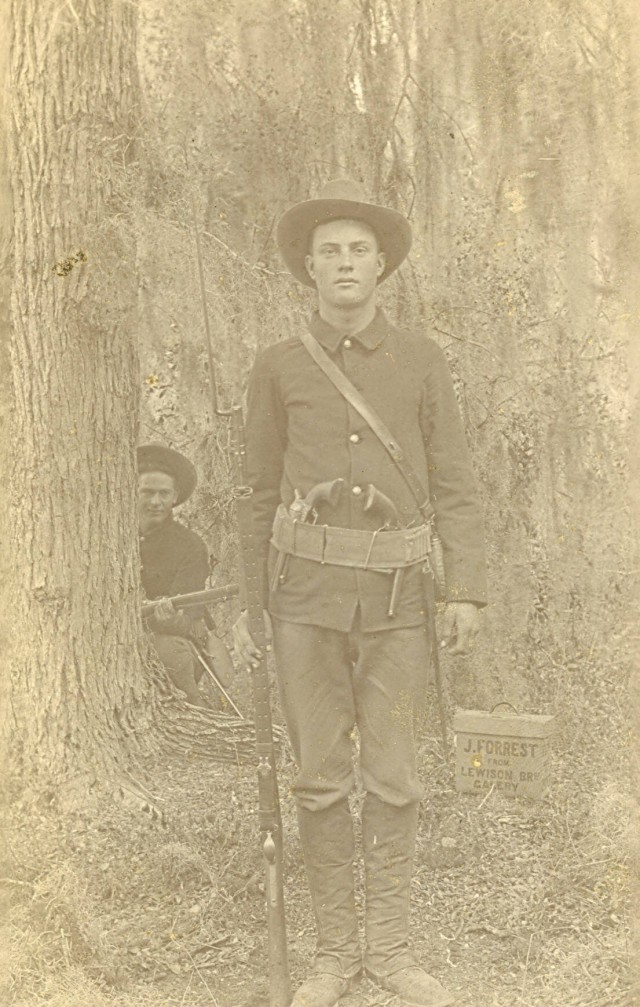
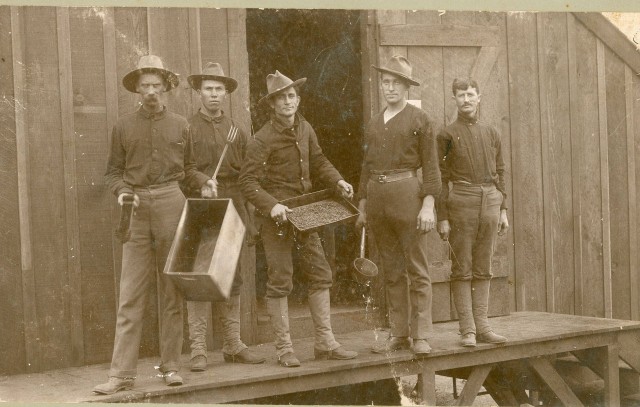
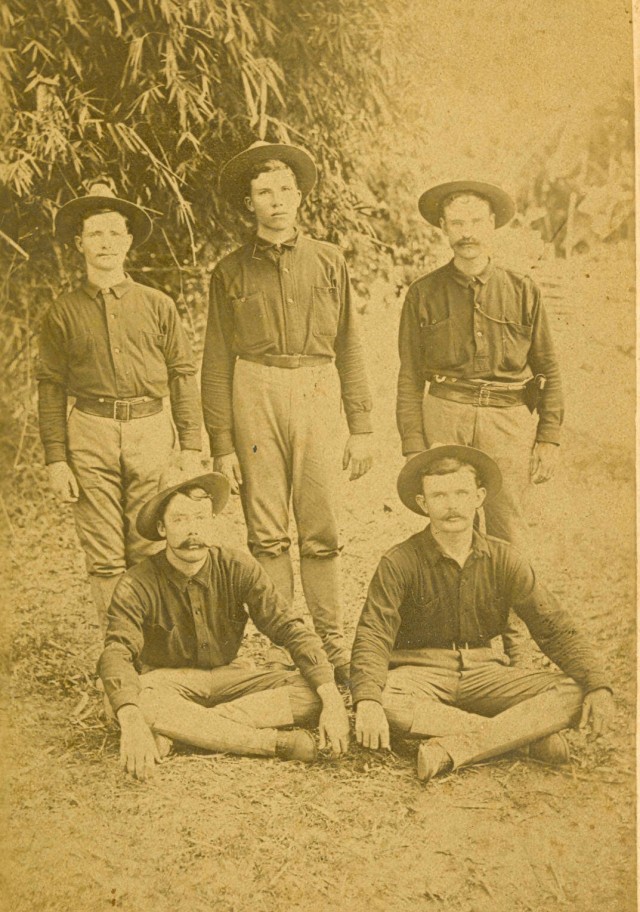
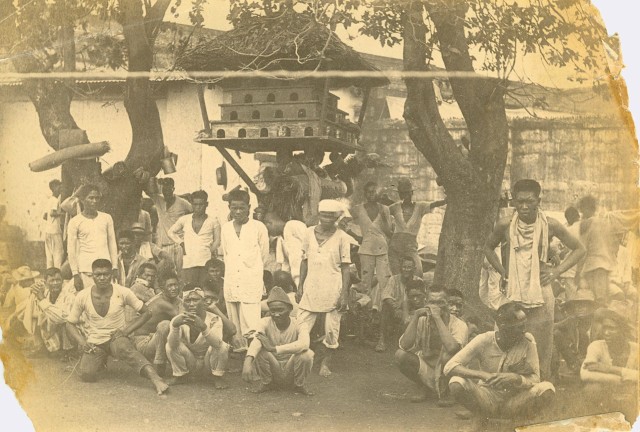
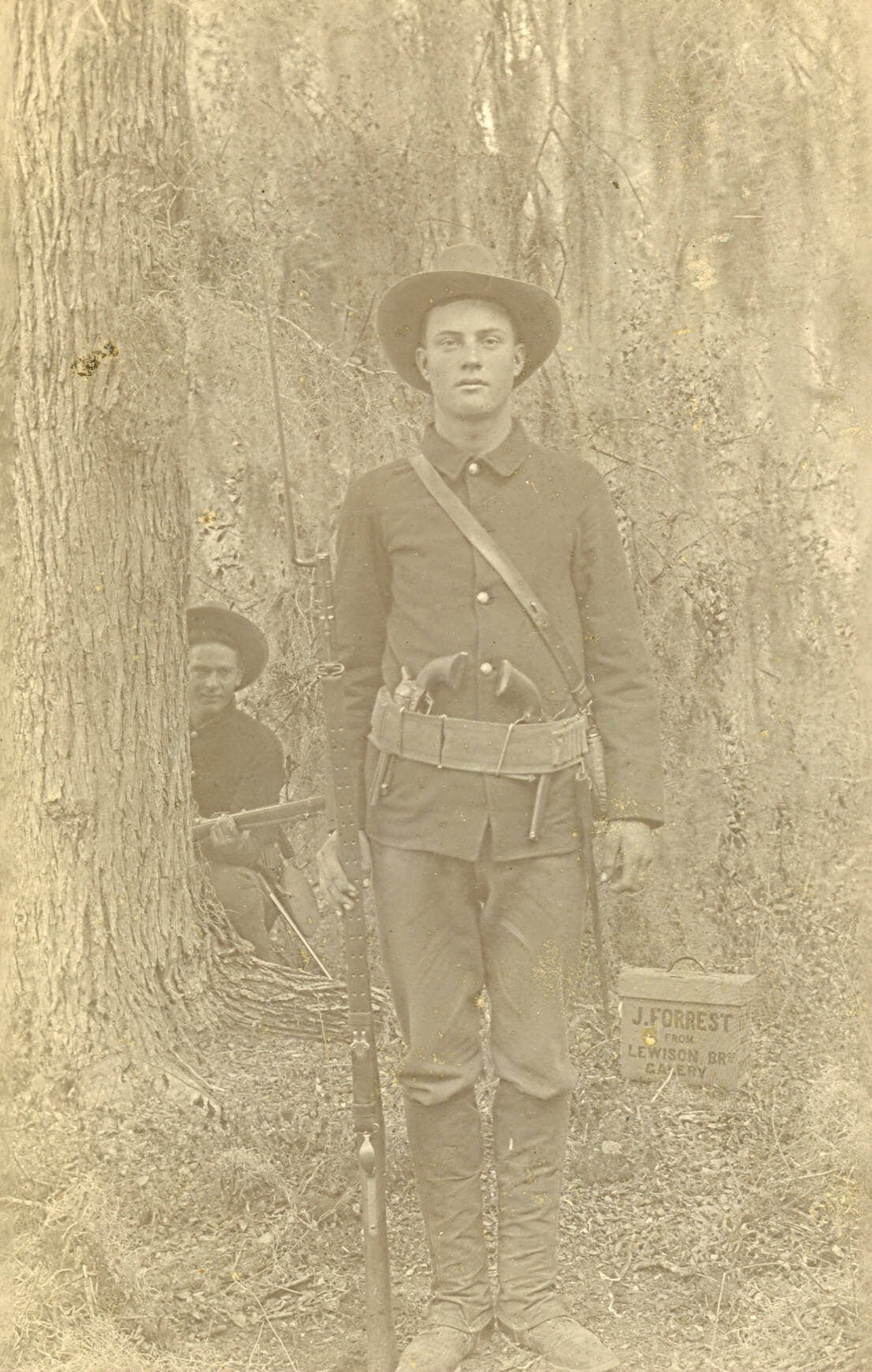
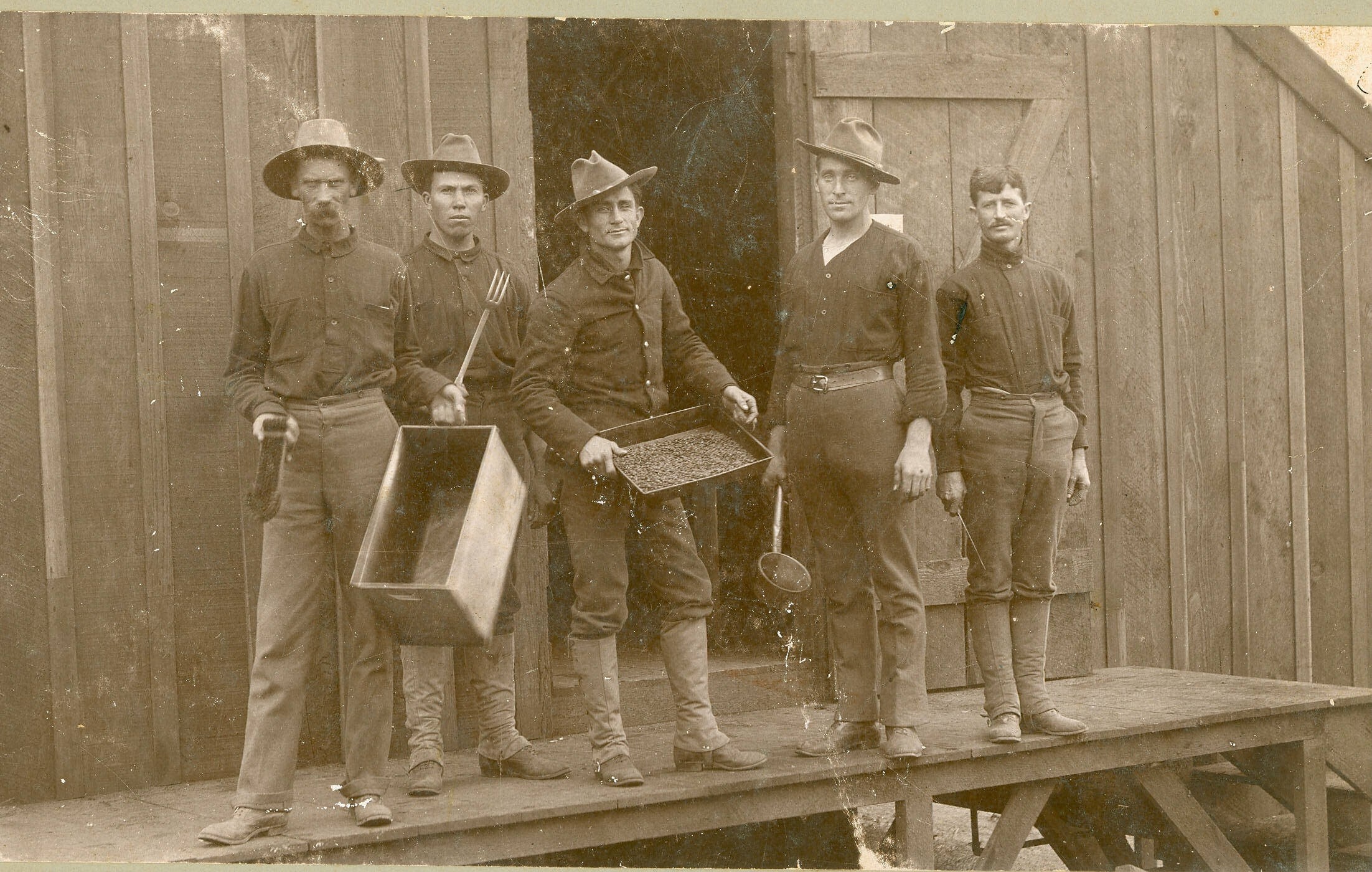
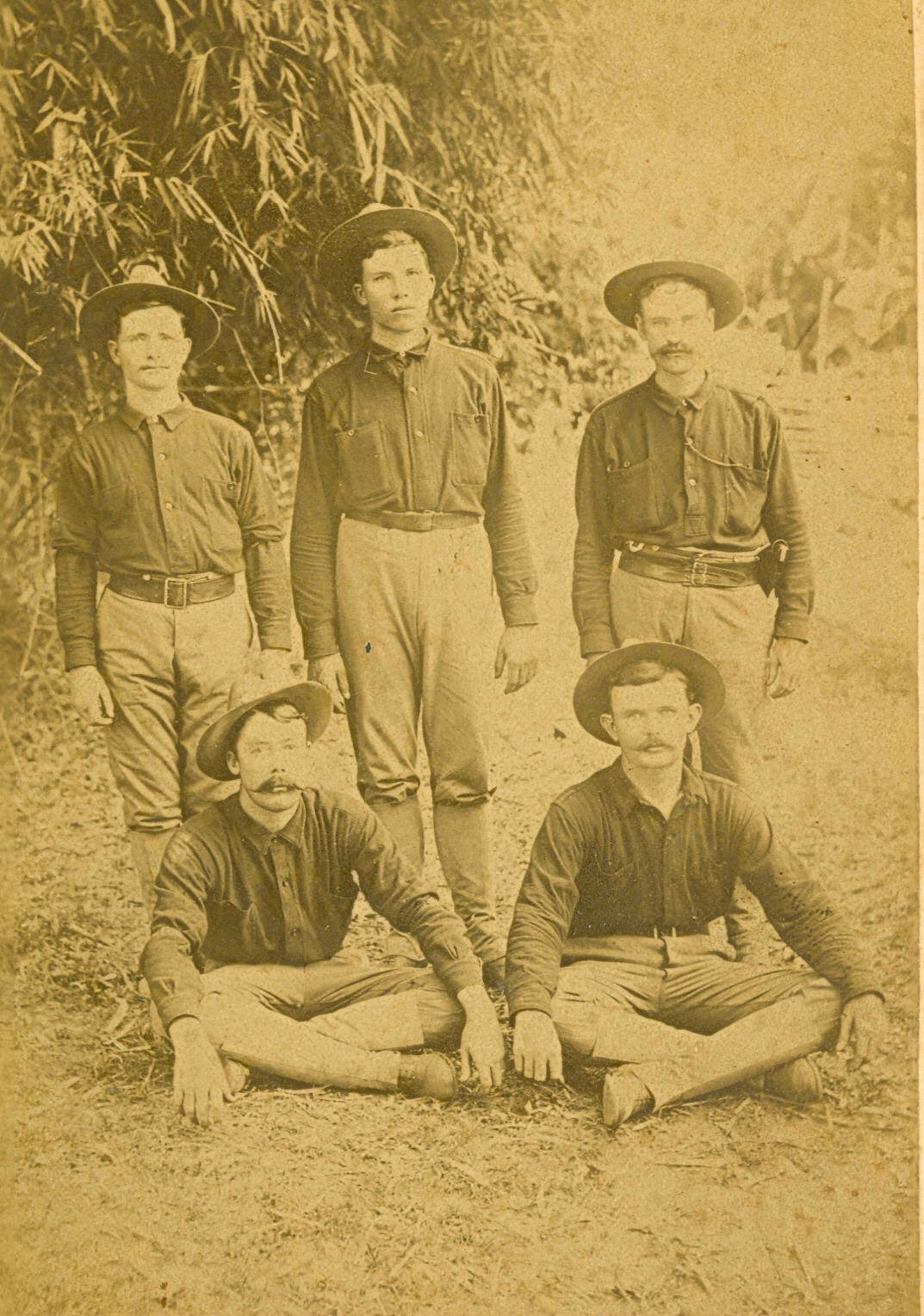
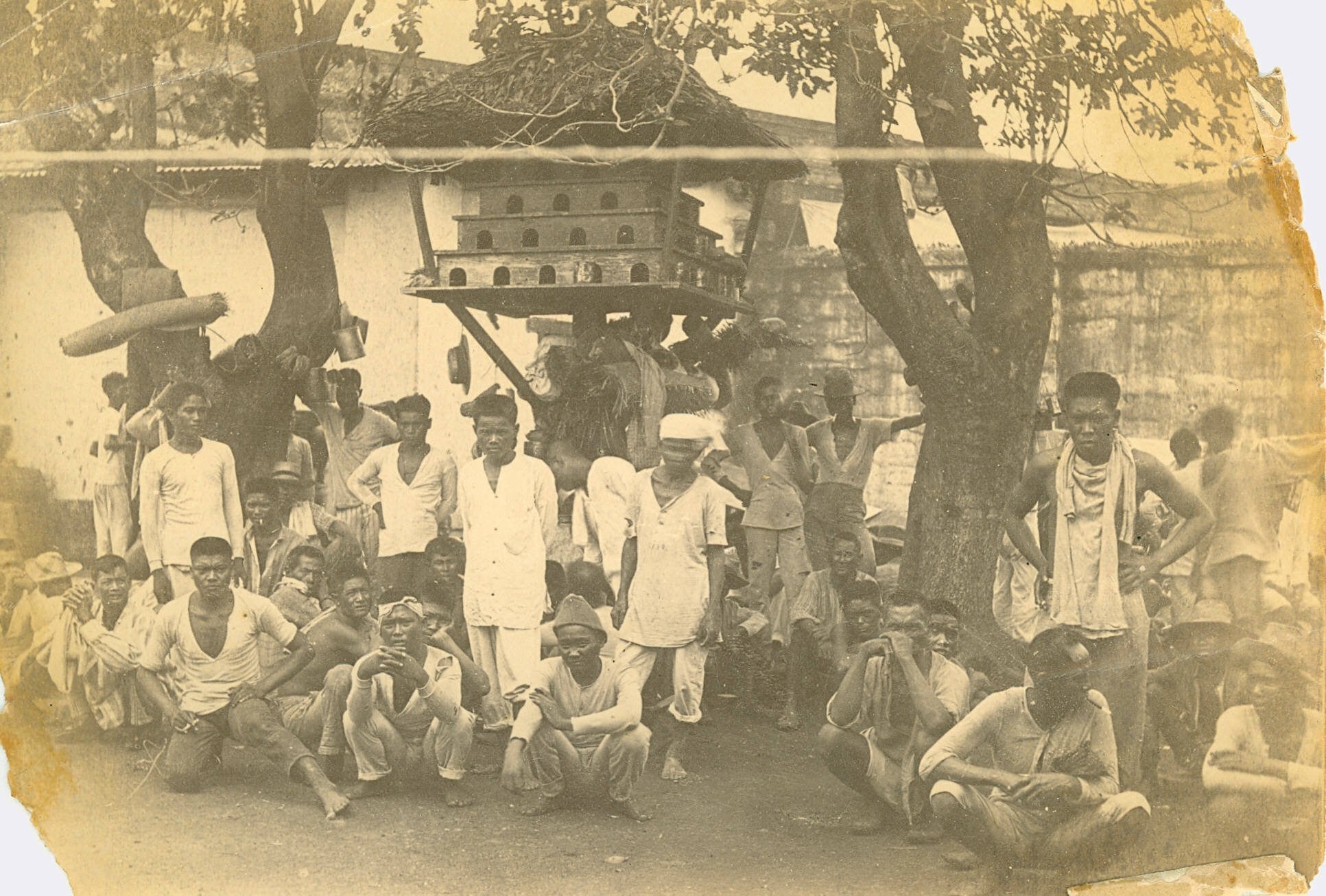
Social Sharing